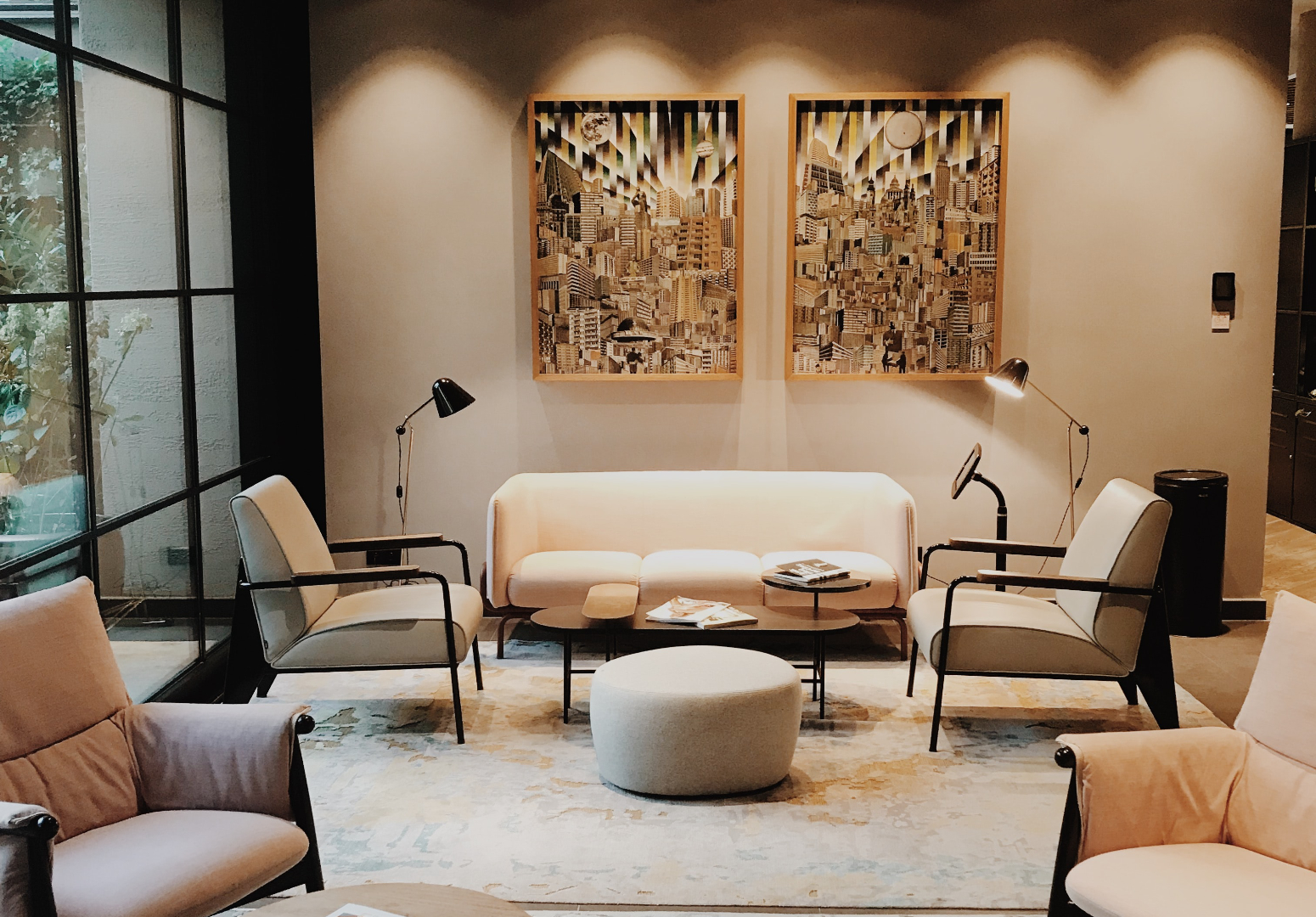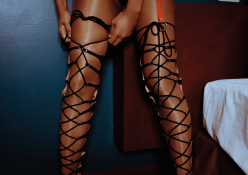Feel as if your friends’ homes are perfectly put together, while yours is like a perpetual student’s digs? Here’s our ultimate shopping guide for everything you need:
What: A chef’s knife
Why you need it: A good, sharp knife not only makes light work of kitchen prep, but is actually safer; whereas a razor-sharp knife will glide through whatever you’re cutting, a blunt one is more likely to slip and cut you.
What to look for: The name here is no coincidence. With an average blade about 20 cm long and 4 cm wide, this is the tool every professional chef uses for 90% of kitchen tasks. The most important thing to consider is how the knife feels in your hand. Can you comfortably grip it? Is it evenly weighted to create an easy rocking motion for chopping? Some knives are made of carbon steel, which can be honed into a very sharp and durable blade; however, they are prone to rust if not properly cared for. In comparison, stainless steel is far more affordable (and doesn’t rust or stain), but is not always as sharp. A relatively new option is a ceramic blade. These tend to stay nice and sharp, but can break if you drop them. If you’re buying a steel knife, spend a bit extra and get a sharpener too.

What: Fabric napkins
Why you need them: They add a touch of sophistication to any meal. Generally big enough to cover your whole lap, they are much more effective at preventing spills and splashes than flimsy paper serviettes.
What to look for: Napkins are typically made from linen or cotton, which are both very strong and absorbent natural fibres; treated properly, they will last for years. They do, however, tend to wrinkle easily. Napkins made from synthetic blends are less prone to wrinkles, but less absorbent.
If you will be keeping them for dinner parties, nothing beats an elegant white or ivory linen napkin. But there’s no reason you can’t use them every day. In this case, opt for napkins in a dark colour or with a pattern to hide stains. Bonus: They’re far more environmentally friendly than wads of paper serviettes.

What: Wooden furniture
Why you need it: Splurging on at least one item of well-crafted, timeless furniture is worth it in the long run. Look after it and it could become a family heirloom.
What to look for: Solid wooden furniture has long been popular in SA, but it needn’t be old-fashioned. Look for a dining-room set, sideboard or cabinet in a classic style that won’t date.
Softwood, such as pine, is plentiful and cheap. It can easily be stained to look like other woods or painted to suit your colour scheme. On the downside, it tends to dent and scratch easily. Hardwood, such as oak and meranti, is popular and more durable, but it is imported. For a piece that will only get more beautiful with age, rather choose an indigenous hardwood such as stinkwood, yellowwood or blackwood (just ensure that the manufacturer has sourced it from a sustainable plantation).

What: Good sheets
Why you need them: Because they affect your quality of sleep almost as much as your mattress does – and, of course, nice bedding can transform your room.
What to look for: You’ve probably heard about ‘thread count’. This figure (which refers to the number of threads per square inch of fabric) is important, but it’s not the be-all-and-end-all. Anything boasting a thread count of 180 or higher is known as ‘percale’ and is decent quality. It can go up to 1 000, but 200 to 220 is good to aim for.
Don’t be blinded by a high thread count for a seemingly low price though – fabric is also important, and a good fabric with a lower thread count can feel better and last longer than vice versa. Again, cotton is a good choice: 100% cotton sheets will keep you cool in summer and warm in winter, and wick away moisture, so you’ll never wake up feeling clammy. A polycotton blend is more common and cheaper.

What: An artwork
Why you need it: A work of art can be the ultimate expression of your personal taste.
What to look for: ‘Art’ doesn’t have to mean a painting, and it doesn’t have to be expensive. Canvas, photographs, mixed media or sculpture – choose whatever you find beautiful or meaningful. Good places to look for affordable pieces are at local art school or university graduation exhibitions (when students often sell their work) or at galleries specialising in prints (which are more affordable than original works). Of course, there’s nothing wrong with the proud tradition of displaying your kids’ creations. But think out of the box – have a beautiful drawing professionally framed and it will hold its own with the ‘real’ art.

Words: Amy Lehner | Photography: Unsplash







